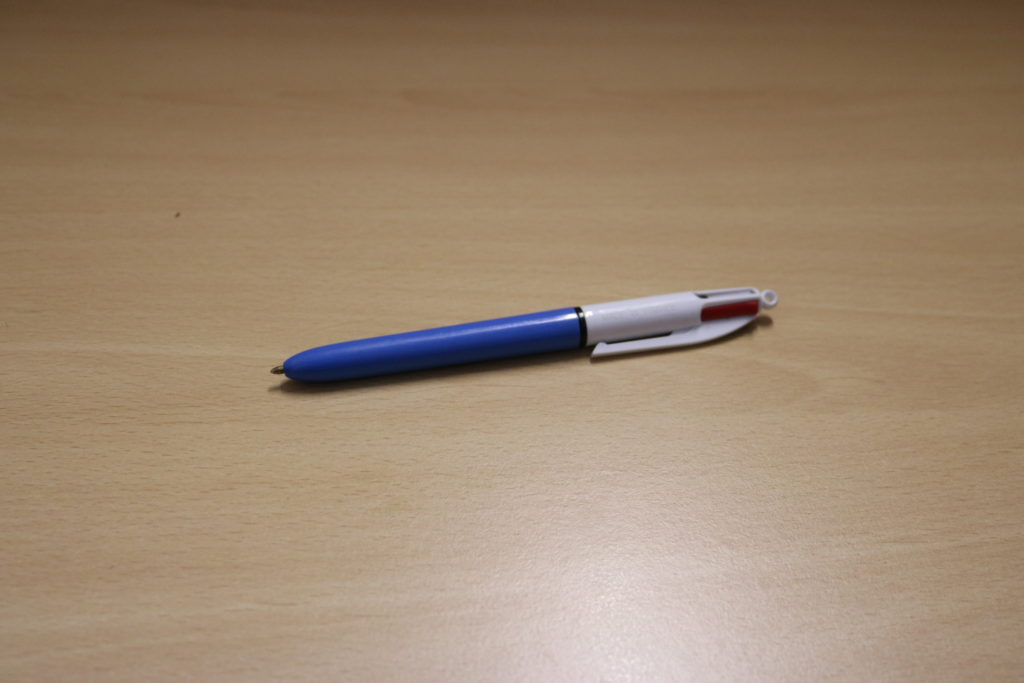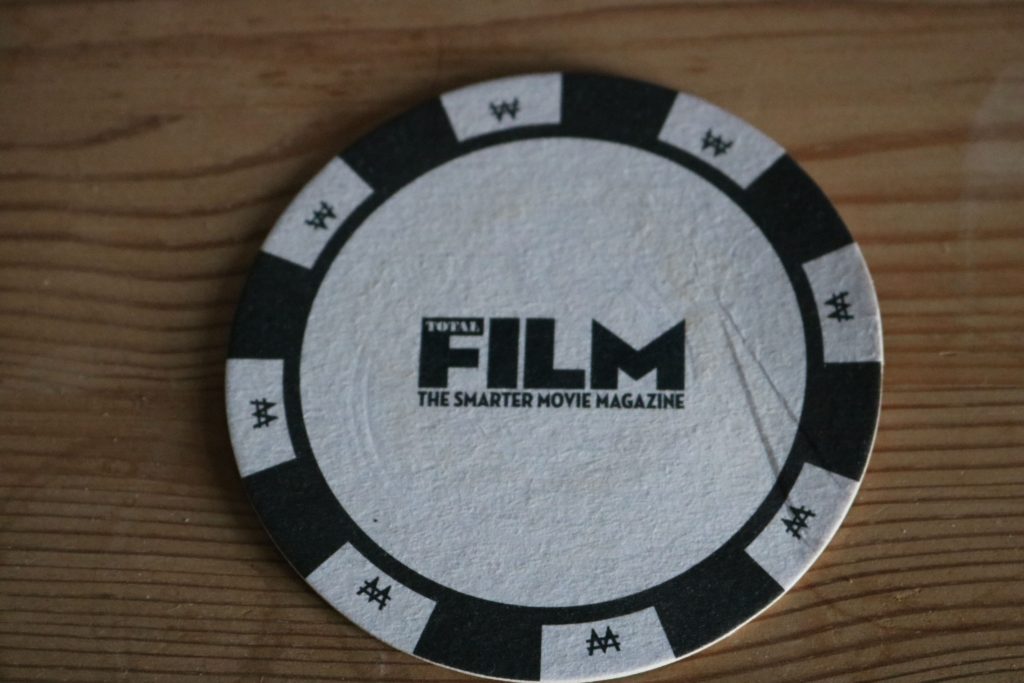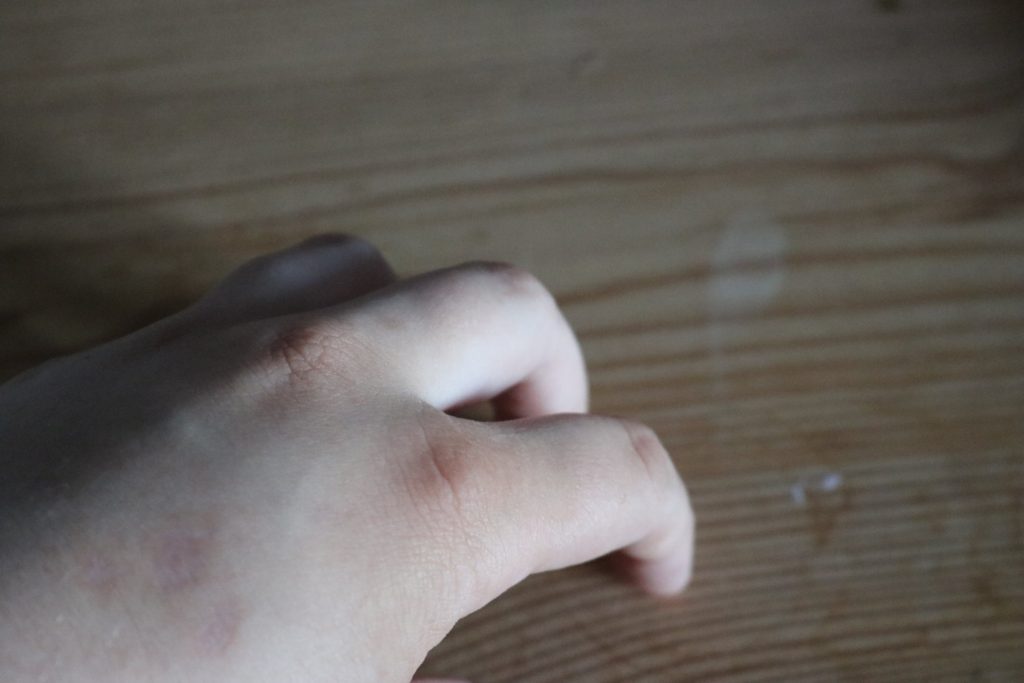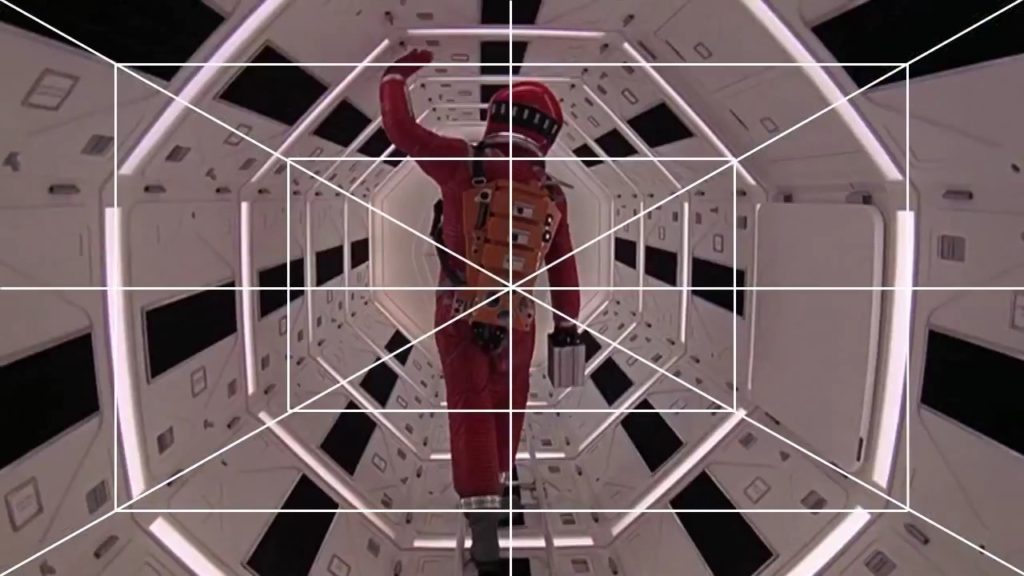- I have got all my film clips
- I have quotes however I need a second theorist to mention in my script.
- I have completed over half of script draft, just need to mention my last two points.
| ROLE | PLANNING | SHOOTING | EDITING |
| EDITING | Done | Done | Done |
| SOUND | Done | In Progress | In Progress |
| CINEMATOGRAPHY | Done | In Progress | Not Started |
| Role | Planning | Filming | Editting |
| Cinematography 1 | Done | Done | Done |
| Cinematography 2 | Done | Done | Done |
| Sound Design 1 | Done | Done | In-Process |
| Sound Design 2 | Done | Done | Done |
| Director | Done | Done | In-Process |
comparative: I have almost finished my script/essay for the presentation. I need to start gathering clips
Portfolio: i have finished 1 30 second clip for cinematography and have finished filming for a second clip.
I made a montage of photos associated with school and stress. These involved repetitive imagery which was edited together to create a faster pace as the clip progressed: which reflected the emotions of stress and tension conveyed by the imagery but also the pace of the clip. I will export and upload the video clip





Boot Camp Section: https://www.youtube.com/watch?v=5TNhS81w4bM
Killing the VC Sniper: https://www.youtube.com/watch?v=4XNyNAjF1m0
Tet Offensive: https://www.youtube.com/watch?v=ra42Rf2BA4Y
Helicopter Scene: https://www.youtube.com/watch?v=S06nIz4scvI
Duality of man scene: https://www.youtube.com/watch?v=KMEViYvojtY
‘Not Quite my Tempo’: https://www.youtube.com/watch?v=GBvBu5ErSSo
‘Trombone out of tune’: https://www.youtube.com/watch?v=l9VViSscQvA
Dinner Scene: https://www.youtube.com/watch?v=RSDmo-gJ8XY
‘Lost Folder’: https://www.youtube.com/watch?v=7fMUWkdlRHM
‘You Earned The Part’: https://www.youtube.com/watch?v=3fdJhD4UoYo
This 10 minute clip employs multiple different camera techniques. For example, there are many uses of one point perspective, the most notable one being at 00:22 where there is the classic shot with all of the soldiers lined up along the end of their beds. Additionally, a tracking shot is used to help change the viewers focus from character to character as the sergeant moves forward, even though the shot is in deep focus, because the shot tracks backwards and the sergeant stays the same distance relative to the camera, it helps the viewer to be constantly focusing on where the sergeant is, and since he is constantly moving it shifts our focus without actually needing a different shot or zoom or focus. This is an excellent piece of cinematography that helps Kubrick stand out, to be able to do something (change viewers focus) in a way that is hardly done at all, and do it perfectly helps solidify his title as an auteur of cinematography, even without Alcott. The question is now, was this a shot influenced by Alcott or purely by Kubrick himself?

Here is another example on one point perspective and symmetry. Pyle is in the exact middle, center of frame and attention. All the other soldiers are lined up symmetrically on either side in a repeating pattern, as if they are all the same and don’t matter.
a very large portion of this scene are tracking shots, both Steadicam and tracks were used to create this effect.
This clip makes use of the wide angle lens in a very obvious manner, it stands out to the viewer more so than other examples (like below). At 1:17 we see Bowman walking around however there is a wider perspective of view, i believe this is used to represent the idea of “beyond the infinite” the idea that this room isn’t situated in any particular place but rather past infinity. A place where the laws of physics don’t apply. This wide angle lens bordering an infinite perspective, or at least more so than before helps to represent that he is no longer in a place where humanity resides. Kubrick uses wide angle lenses often in his films, however usually not in such an obvious way. This clip seems to give it a fish-eye look. other examples include when Bowman is walking through the tunnels of the space ship, a great example of one point perspective.

Here is a clearer example of one point perspective, there are multiple times in the film where Bowman walks through these tunnels, Kubrick uses the same perspective to bring familiarity back into the scenes. However, since Bowman is blocking our view to his destination it creates a sense of anxiety as to what might happen next and where he may go.
from 2:15 – 2:46 there is a brilliant tracking shot, following Bowman as he runs around the ship, it is used to represent the curvature of the spherical room.